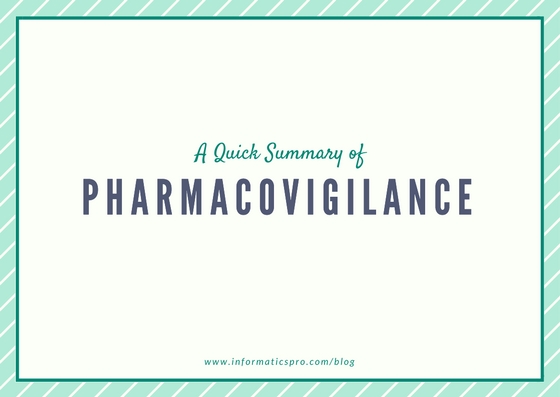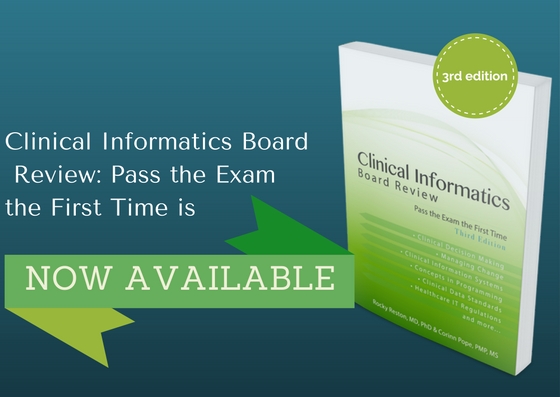According to the WHO, pharmacovigilance is “the science and activities relating to the detection, assessment, understanding and prevention of adverse effects or any other drug-related problem.” We usually see pharmacovigilance through one of two ways:
1.) Adverse Drug Reactions
An ADR is any noxious and unintended response to a drug. When an association between an adverse event and a drug is established, it becomes an ADR. An ADR can be one of two types:
- Type A: Augmented pharmacologic effects that are dose dependent and predictable (these are 80% of all ADRs)
- Type B: Idiosyncratic
2.) Medication Errors
A medication error occurs when the wrong drug or dose is administered, an overdose occurs, or a drug is misused and abused. Medication errors can occur for a number of reasons, including administration by inexperienced physicians and nurses, new procedures, extremes of age, complex care, poor communication, improper documentation, illegible handwriting, inadequate nurse-to-patient ratios, patient actions, and similarly named medications.
Why is Pharmacovigilance Important?
According to the CDC,
- 82 percent of American adults take at least one medication and 29 percent take five or more;
- ADEs cause more than 1 million emergency department visits and 280,000 hospitalizations each year;
- $3.5 billion is spent on excess medical costs of ADEs annually;
A report from the Institute of Medicine of the National Academies stated that “studies indicate that 400,000 preventable drug-related injuries occur each year in hospitals. Another 800,000 occur in long-term care settings, and roughly 530,000 occur just among Medicare recipients in outpatient clinics”.
Reporting Adverse Events
Reporting to the FDA may be voluntary or mandatory. Mandatory reporting is done through FDA Medwatch Form 3500A or an electronic equivalent such as through the FDA Adverse Event Reporting System (FAERS) .
A report needs to include the following to be valid:
- an identifiable patient
- an identifiable reporter
- a suspect drug
- an adverse event
A serious adverse event and one that requires reporting is one where the patient outcome is:
- Death
- Life-threatening
- Hospitalization (initial or prolonged)
- Disability or Permanent Damage
- Congenital Anomaly/Birth Defect
- Required Intervention to Prevent Permanent Impairment or Damage (Devices)
- Other Serious (Important Medical Events)
Reports may come from a number of sources, including:
- Healthcare professionals or patients (or other intermediaries)
- Clinical or post-marketing studies
- Drug regulatory authorities
- Patient support programs
- Literature sources
- Media
Reports may be electronically submitted using HL7 Version 3 Standard: Individual Case Safety Report..
Signal Detection
According to the Drug Safety Resource Unit (DSRU), signal detection is “process that aims to find, as soon as possible, any indication of an unexpected drug safety problem which may be either new ADRs or a change of the frequency of ADRs that are already known to be associated with the drugs involved.” To detect a signal, usually more than one report is needed depending upon the seriousness of the event and the quality of the information. Signal detection is typically done either qualitatively (for a small number of reports) or quantitatively (where a large number of reports are available). Detecting previously unobserved associations can be done using data mining algorithms and access to cheap computing power.
If a safety signal is found, further investigation through pharmacoepidemiologic studies, registries, and surveys may be needed.
Practice Question
Which of the following is not needed for a valid adverse event report?
A.) An identifiable patient
B.) A suspect drug
C.) An adverse event
D.) Supporting lab data
While relevant therapeutic measures and laboratory data at baseline, during therapy, and subsequent to therapy, including blood levels, as appropriate are recommended components of a good case report (pg 8), the only required components for a valid report are an identifiable patient, an identifiable reporter, a suspect drug, and an adverse event.
More Practice Questions
Find more practice questions and great content in our book.
Reading & References:
FDA. Good Pharmacovigilance Practices and Pharmacoepidemiologic Assessment.
Barton Cobert, MD, FACP, FACG. Casualty Assessment. December 2013.
Slone Epidemiology Center at Boston University. Patterns of medication use in the United States, 2006.
U.S. Department of Health and Human Services, Office of Disease Prevention and Health Promotion. National Action Plan for Adverse Drug Event Prevention. Washington, DC: 2014.
Institute of Medicine. Committee on Identifying and Preventing Medication Errors. Preventing Medication Errors, Washington, DC: The National Academies Press 2006.

